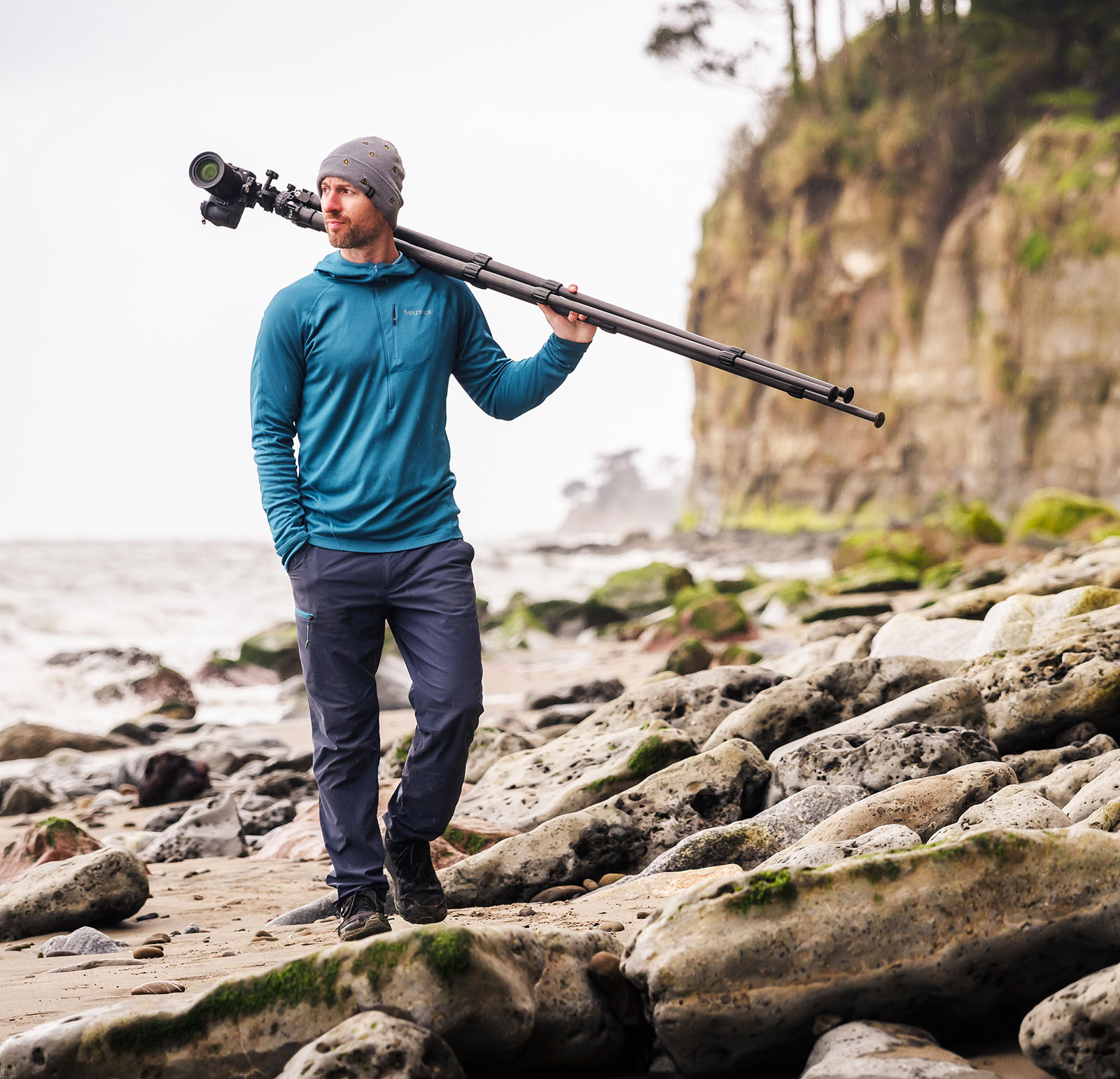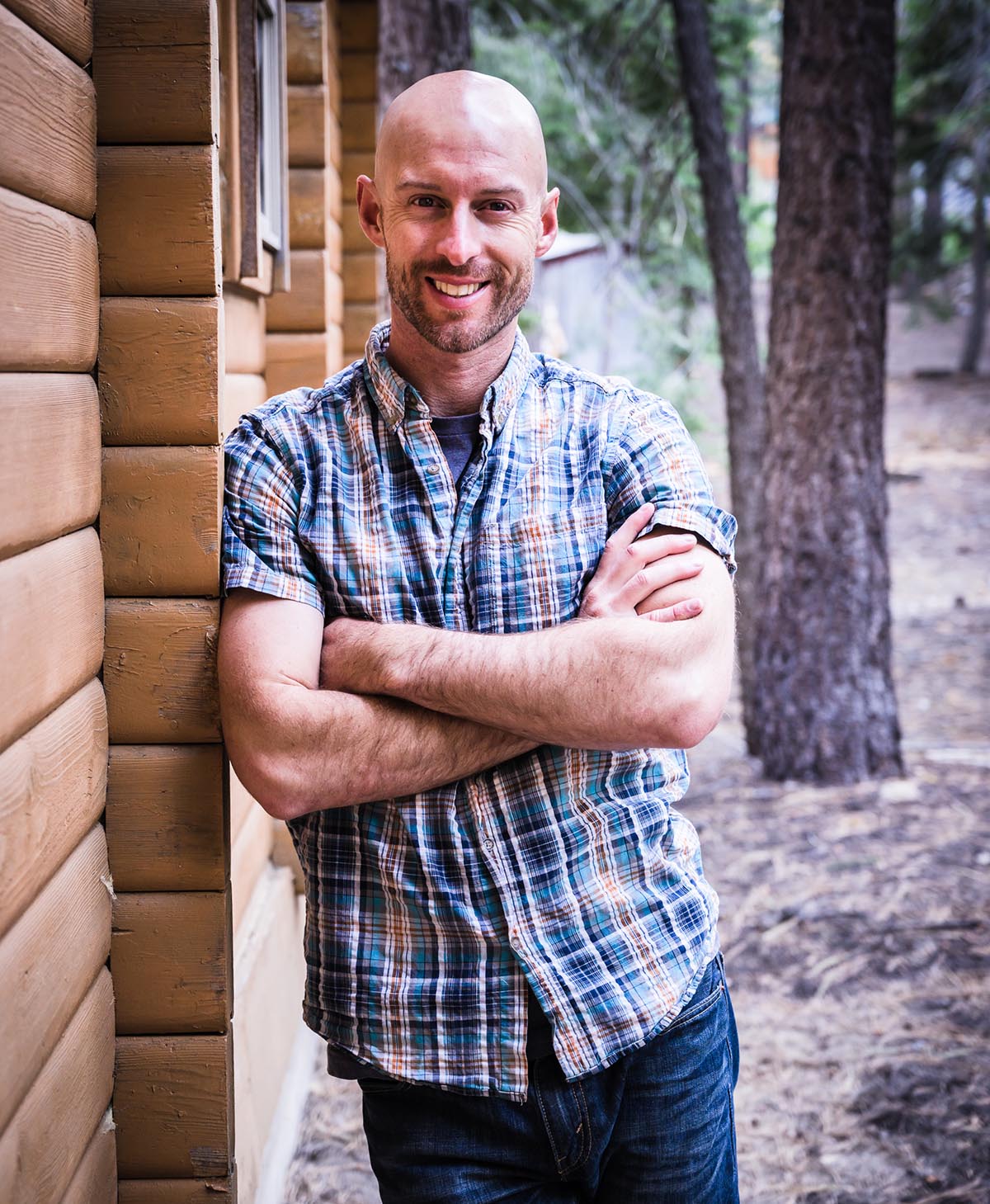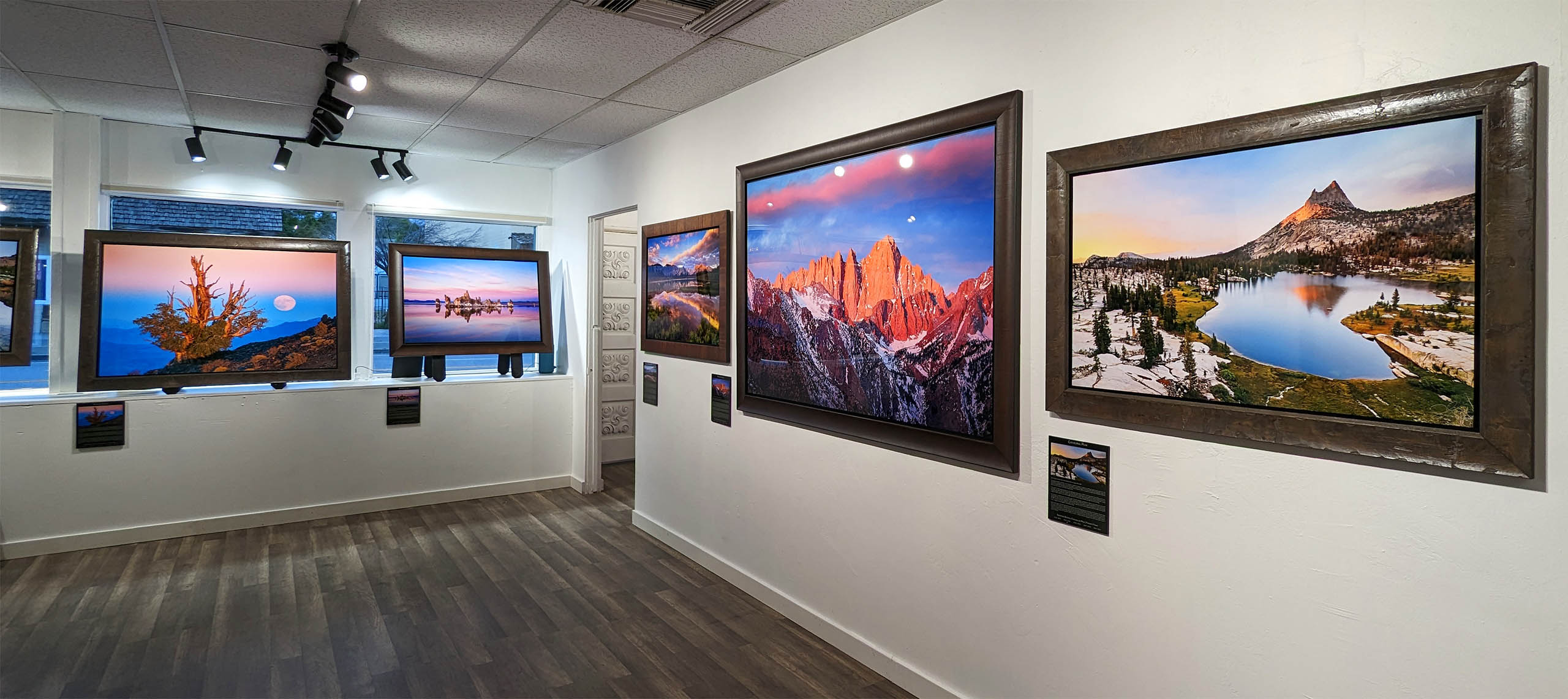Episode Transcript:
Want to become a master of time??? Then you need to understand shutter speed!
Hi everybody and welcome to professional photography tips. I’m Josh Cripps and today we’re going to take an in-depth look at shutter speed.
When most people think about a photo, they imagine some instantaneous, split-second thing happening. I press a button and click, that moment is frozen in time.
But what actually happens when you press the button is that a shutter opens, light streams in, and some time later the shutter closes again. And that process is the same no matter whether you’re taking photos of hummingbird wings or of grass growing. The only thing that’s different is the amount of time the shutter is open for.
So what is shutter speed used for? Well you can imagine that during the time the shutter is open, things in your photo might be moving. If you’re taking a picture of something completely stationary that might not be the case, but hey, this is a dynamic world we live in and something is almost always wiggling around in front of our cameras, whether it’s trees blowing in the wind, animals, people, water, or clouds.
And the faster things are moving during the time the shutter is open, or the longer the shutter is open, the more you’re going to see that motion blur show up in the photo. Let’s do a quick experiment to see what I mean.
Make sure your camera is at its lowest ISO, turn off auto-ISO if it’s on. Then put your camera on shutter priority mode, usually marked as an S or Tv, and go outside on a nice bright day like this one [shutter mode overlay]. Turn the shutter speed dial till it says 1000. Bear in mind that shutter speeds are given as fractions, so this actually means 1/1000 second. It’s only once you get close to one second that the camera begins displaying the actual duration, using quotation marks to indicate the number of seconds.
Now slowly spin in a circle and take a few snaps. Note how the images are fairly sharp even though you are moving.
This is because the shutter was open a very short time, so the image couldn’t change much over the course of the shot. Now change the shutter speed to 1/40 and do the same thing. All of a sudden our photos are streaked with motion blur. That significantly longer shutter speed adds a lot more time for our photos to blur out. And the longer your shutter is, the more motion you will see.
So in a nutshell, shutter speed is used to control how much motion appears in your photos. But what not a lot of people realize is that it’s also used to add emotion to a photo: generally speaking there less motion there is, the more tension and drama a photo has. Imagine a crashing wave pounding off some rocks; when you freeze all the little droplets of water in the air you show the drama, power, and tension of that moment.
Conversely, the more motion you have in an image the softer, more peaceful, and more serene it tends to become. Consider another crashing wave shot with a long shutter speed: it becomes a cottony puffball, dreamy in its softness.
Cool, so now you, the artist, has an amazing tool at your disposal: want your viewers to feel tension and drama? Then use a lighting fast shutter speed. Or want to convey a dreamy, serene feeling? Slow that shutter speed down.
So your next step is to go out and experiment: shoot a bunch of moving objects! Make sure that you use a tripod during these experiments, otherwise you’ll add your own hand shake blur to your photos. But try your pets, trees blowing in the wind, streams, or everybody’s favorite: waterfalls. Stay in that shutter priority mode on your camera and tweak the shutter to see the different effects you can get. And note that to get those really long shutter speeds you’ll need to shoot in low light otherwise you’ll overexpose your image..
You may notice that as you adjust your shutter speed your camera is automatically adjusting your aperture at the same time to maintain exposure. Be sure to watch this video to understand why. You may also see some things in your photo go in and out of focus as your aperture changes. And exactly why *that* happens is the subject of our next video so be sure to subscribe.
You can also check out my website joshuacripps.com for landscape photography, workshops, and tutorials. Until next time, have fun and happy shooting!


Joshua Cripps is a renowned landscape photographer who has garnered worldwide acclaim for his breathtaking images of our planet’s wild places. His photos have been published by the likes of National Geographic, NASA, CNN, BBC, and Nikon Global.

The Mt. Whitney Gallery was founded in 2023 by Joshua Cripps as a way to share his passion stunning landscapes of the Sierra Nevada and beyond.
Set at the foot of the breathtaking Sierra with a view of the range’s highest peaks, the gallery features large format, museum-caliber fine art prints of Josh’s signature photographs.
Course Login | Results Disclaimer | Terms and Conditions | Privacy Policy
© Copyright – Joshua Cripps Photography
Get free tutorials, workshop invites, and exclusive photo tour updates delivered to your inbox.
📷 Easy-to-follow video and written tutorials
🌄 Early access to photo tours & workshops
🧭 Pro tips from real-world shooting experience
No spam. Unsubscribe anytime.

One Response
sweet and simple explanation, just love it, keep up the good work 🙂